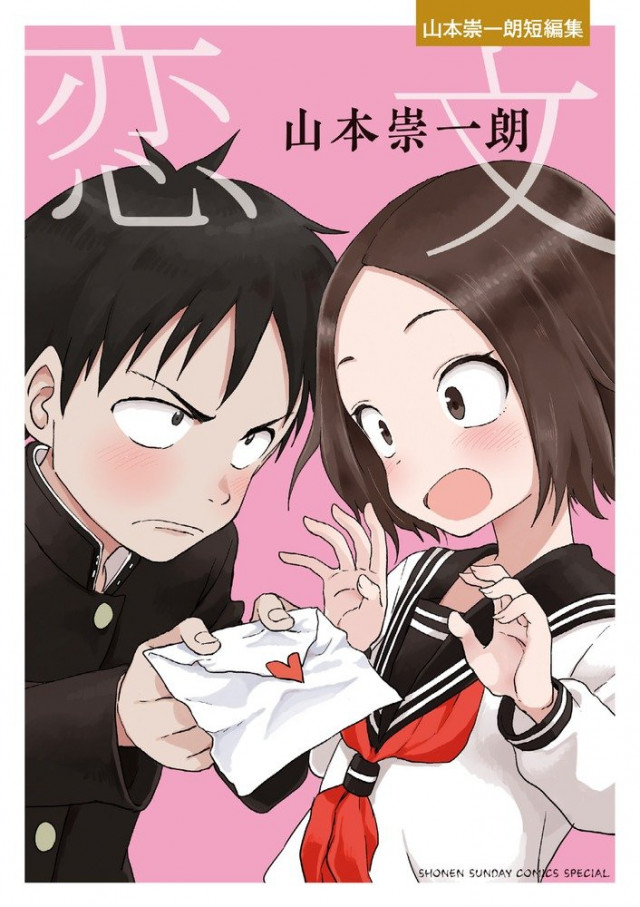"SPY×FAMILY" is a monumental shonen manga and a notable hit from Weekly Shonen Jump. Which character from the series is your favorite? While the series features many popular characters, most fans would likely answer "Anya." Anya is an innocent character, but she's also an "esper" with the ability to read other people's minds, making her a character with a unique contrast to her personality, allowing her to act with a high level of understanding of their intentions. With such a cute appearance and a unique and interesting personality, it's perhaps self-evident that Anya would be so popular. In this article, we'll introduce Anya, the series' hugely popular character, and in the second half of the article, we'll also explore why young characters tend to be popular in Japan. In addition to Anya, we'll also cover many other adorable characters, so be sure to check it out!
Anya is Cute!

As mentioned at the beginning, Anya's cuteness is arguably the most appealing aspect of this series. Anya's popularity has led to the creation of the "Anya syntax," a catchphrase for speaking like Anya, making the series a huge hit.
Innocent Movement x Esper

The main reason for Anya's popularity is the unique character she portrays. While Anya fully expresses the innocent personality typical of child characters, her esper abilities allow her to play an active role in the story as someone who, in a sense, transcends adulthood, making her a character with a unique and interesting character that is different from other child characters.
A Character Representing Jump

Not only is Anya purely cute, but she also establishes a unique position in the story, making her a character with a unique setting. As a result, she has grown into a legendary character representing a competitive Jump series.
Are there any other characters like Anya? ?
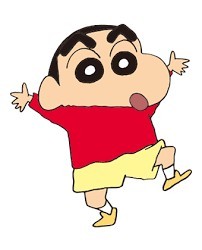
However, this "cute, but with some amazing power and great achievements" characterization is surprisingly common in Japan. While the Anya structure and esper-type characters are unique to this work, the role of a highly accomplished toddler, such as Nohara Shinnosuke from "Crayon Shin-chan," has long been a staple in Japan.
A character not found in Western Europe? ?

On the other hand, the setting of a young child playing an active role is not often seen outside of Japan. This is especially true in Western works, such as those in the United States and Europe, where anime culture is as deeply rooted as in Japan.
Children's Characters Surprisingly Unusual Overseas

It's strange that adorable children are so popular in Japan, yet so unpopular overseas. From here, I'd like to explain the mystery behind these children's characters, who are strangely unrepresented overseas.
Children in Western Europe Don't Go Out Much

Why don't Western works feature young children as heroes? This is due to the Western world's unique attitude toward young children, which differs from Japan's. This is because, in Western Europe, there are basically no situations in which children would go shopping alone or go out alone at night.
In Western Europe, young children are protected.

This is due in part to the fundamental difference in public safety compared to Japan, but in the West, parents must be extremely cautious about their children's safety when raising them. This inevitably leads to a deeply rooted belief that children should be protected and accompanied by their parents, rather than being able to move freely on their own.
Japan and Children's Culture

Meanwhile, in Japan, it's been common for children to run errands alone or go to the convenience store in the middle of the night for a long time. This wide range of children's activities is what contributes to the common Japanese understanding that "children should be able to go out freely, gain various experiences, and return home mature."
Japan Lets Precious Children Travel

There's a Japanese proverb that goes, "Let your precious children travel." It's precisely because of this cultural background that this mindset has naturally taken root in Japan that there are so many anime series featuring children as the main characters.
"Kawaii" is unique to Japanese culture
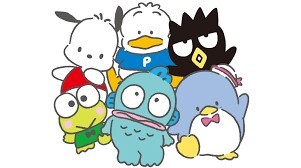
As such, Japan has traditionally produced many anime works featuring young children, which naturally led to a tendency to depict infant characters and childlike characters with childlike proportions. This cultural background is why non-human monsters are often two-headed and somewhat childlike in appearance.
Japanese Characters and Young Children
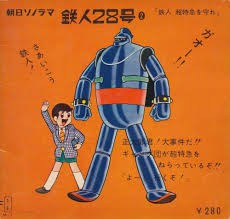
As you can see, there are countless Japanese characters today, and they are well-known around the world for their "kawaii" appeal. However, the process by which these characters came to prominence harbors a uniquely Japanese perspective on young children. When you think about it, even early Japanese animations like "Astro Boy" and "Tetsujin 28" featured protagonists who were elementary school students or robots with the physiques of young children, showing this tendency from the very beginning.
Is Japan a Lolicon Culture? ?

Many Japanese characters have a young appearance, and this seems to be the norm. At this point, it's safe to say that Japanese culture itself is a lolicon culture. Why has Japan become a culture where characters with infantile appearances are considered cute?
Is the origin of lolicon culture animism? ?

There are various theories about this, but one theory is that "Japanese lolicon culture originates in animism." Animism is the belief that there are mysterious powers in nature and that they are worshipped. Japanese people are said to be a nation with a strong animistic philosophy. Generally, gods lurking in nature are considered to be more innocent and childlike than humans. This is why the "mischievous" behavior is often depicted in Japanese gods and ghosts.
Will it be accepted in monotheistic countries? ?

It could be said that the stereotype that "Japanese people worship nature, and that the gods rooted in that nature are more pure and youthful in appearance than humans" has ingrained a culture in Japanese people that finds beings younger than themselves adorable. Considering this, it's a bit questionable whether this sensibility, cultivated over a long history of Japanese culture, would be accepted by people in Western countries that believe in monotheism.
How Should Lolicon Culture Deal with Criticism?

In fact, even in the West, where anime culture is widespread, while there are many positive opinions about Japanese anime, there are also criticisms that "Japanese anime contains many explicit scenes featuring young characters and promotes extreme love for immature children! This is lolicon culture!" How should we deal with such criticism?
A Uniqueness and a Weakness of Japanese Culture

In a sense, the presence of these adorable, childlike characters is both a uniqueness and a weakness of Japanese culture. While it would be one thing if only Japanese people enjoyed anime, Japanese anime has now grown into a global genre that draws attention from people all over the world. It's time to seriously consider whether we should continue providing content to this rapidly expanding audience with the same approach as before.
Compliance and Anime

Especially in today's world, there is a trend toward remakes of global anime that reflect the trends of the times, and the relationship between anime and compliance is becoming increasingly important. There is a global trend toward emphasizing compliance, as evidenced by the increasing number of works that actively tackle sensitive topics such as racial discrimination.
A Transitional Period in Search of the Line

In this climate, Japanese animation is entering a transitional period in which we must create better works while carefully exploring the line between fiction and reality. It will be interesting to see how the anime industry will pass on works featuring cute girls, the origins of Japan's uniquely kawaii culture, to the next generation.
The Popularity and Impact Anya Gained Around the World

In a world where compliance awareness is on the rise worldwide, Anya from "SPY×FAMILY" has achieved global popularity, which is quite impactful. As mentioned at the beginning, there aren't many Western works featuring young girls. Therefore, it was highly uncertain whether a young girl character like Anya would be accepted in Western Europe. However, Anya from this work has successfully achieved popularity in Western Europe.
The Spread of "Kawaii" Culture Overseas
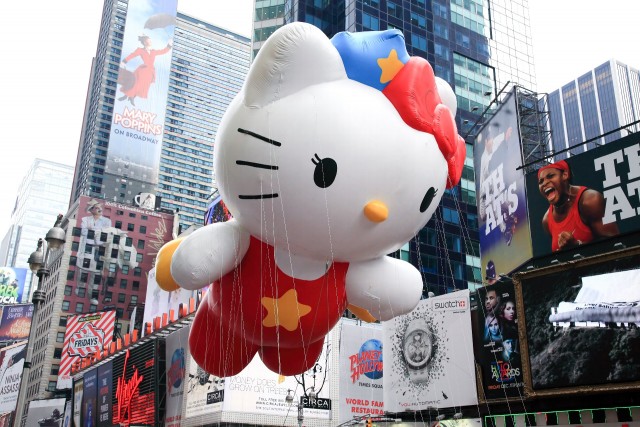
One of the reasons why Anya, such an unusual character, has been accepted overseas is that Japan's kawaii culture has spread globally over the years. Over the years, Japanese characters have continued to explore their deformed appearances, resulting in the creation of numerous fascinating character designs that would not have been possible in other cultures.
Japanese Characters Are Popular Overseas
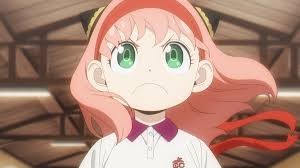
Japanese character design, which Japan has cultivated over many years, has begun to attract attention overseas.
What Otaku Can Do to Make This Culture Acceptable ①
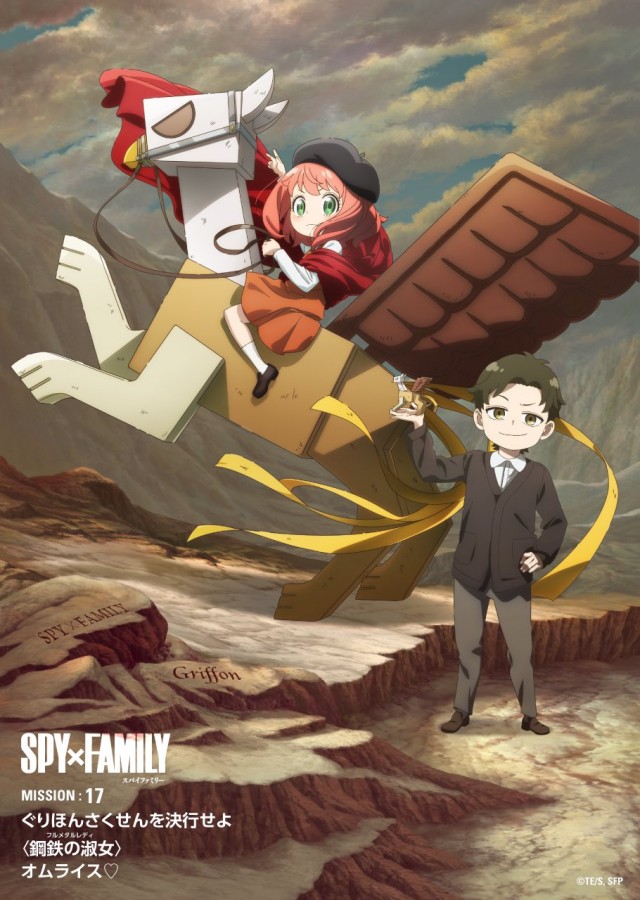
Despite some criticism, the Japanese sensibility of viewing young children as noble and cute is well-received overseas, and it could be said that this content has the potential to become a major movement in the future. I personally believe that Japan's uniquely Japanese culture of young girls is a strength of Japanese animation.
What Otaku Can Do to Make the Culture Acceptable ②

That's why, in order to continue creating wonderful characters like Anya from "SPY×FAMILY," it's important for us adult anime fans to be mindful of not using little girl character merchandise in an extreme way that might be criticized by outsiders as being "over the top!", and to not overly promote little girl characters to people who don't like them.
Summary
What did you think? This time, we've introduced the cuteness of Anya from "SPY×FAMILY" and the uniquely Japanese culture hidden behind that cuteness. Adorable characters like Anya are a unique asset of Japanese animation, so we'll definitely want to support them. It will be interesting to see how Western animation, which is striving for even stricter compliance, will interact with Japan's free-spirited production culture in the future.



